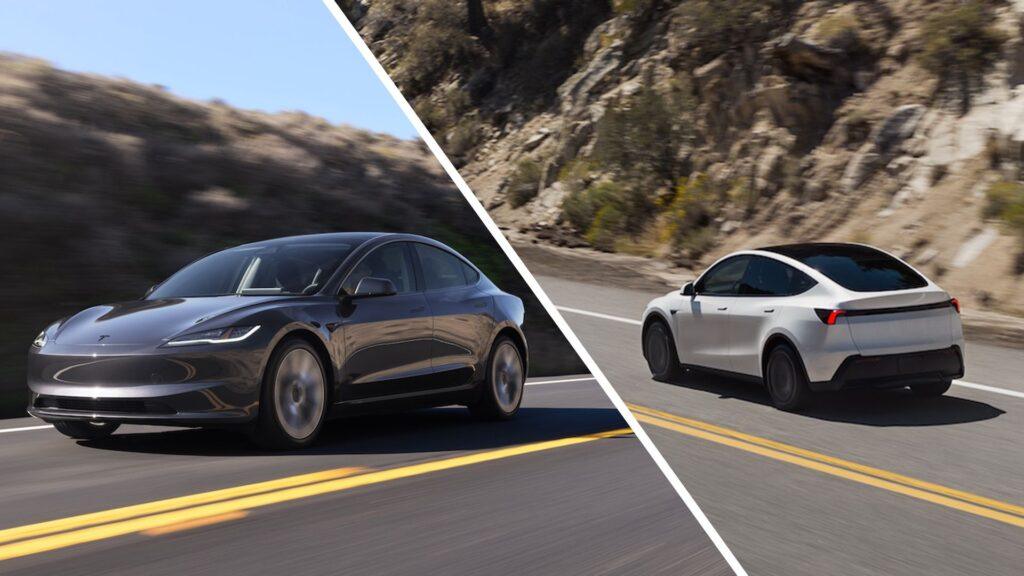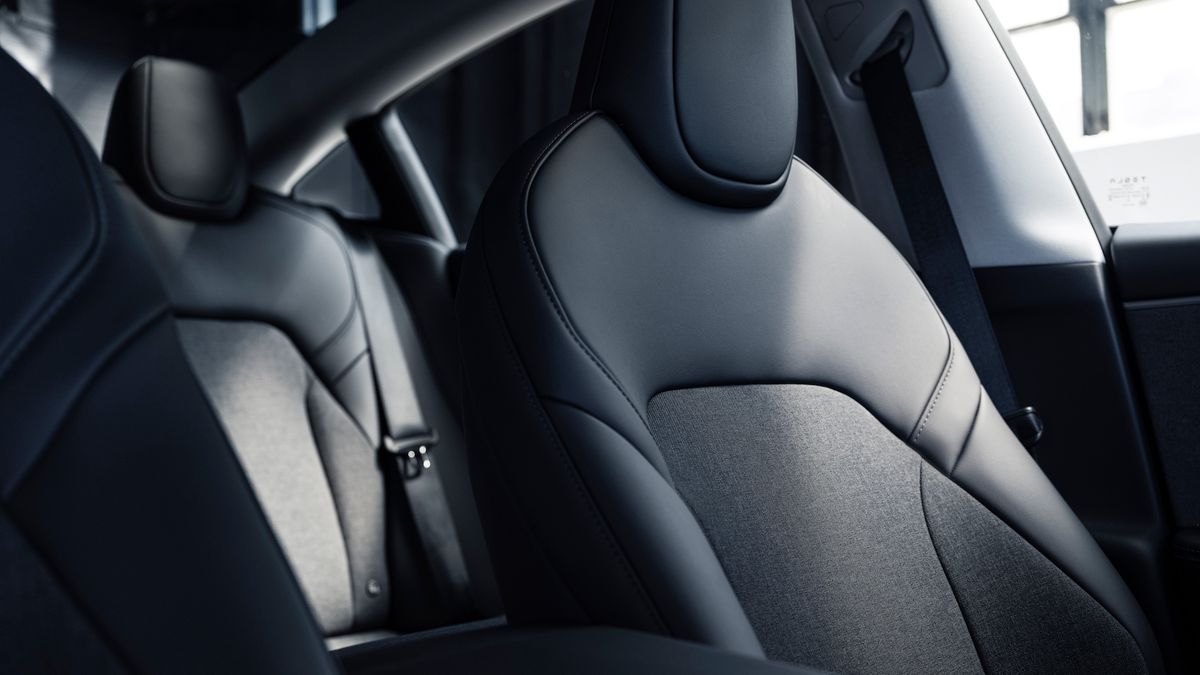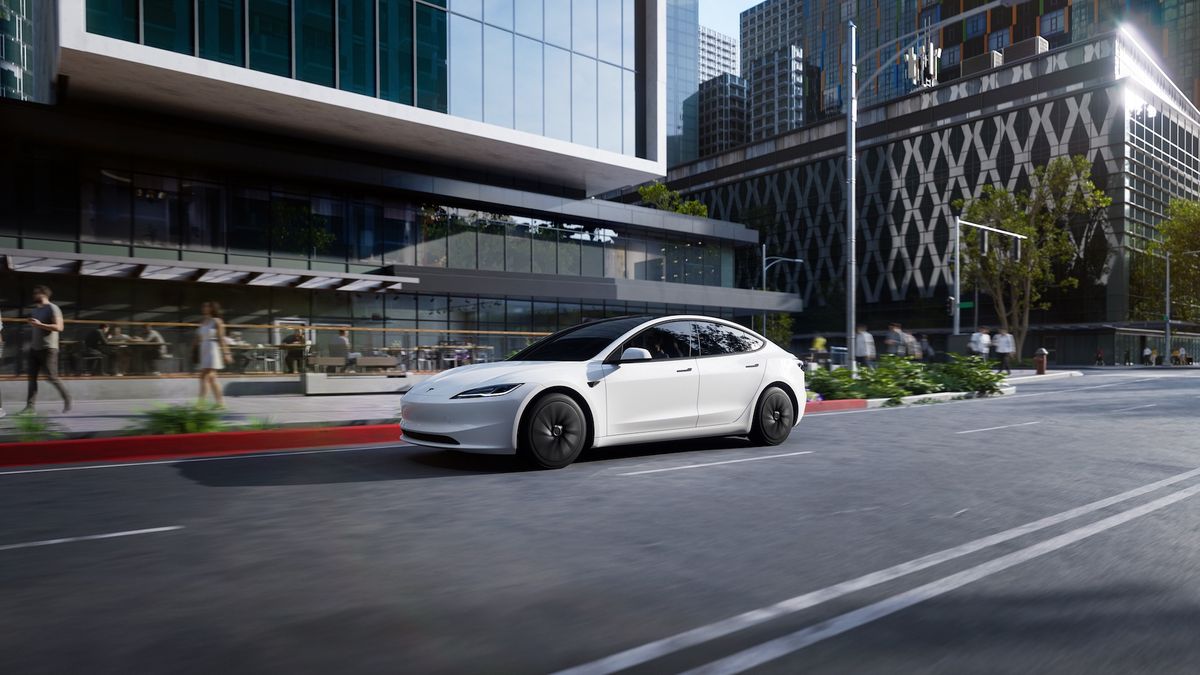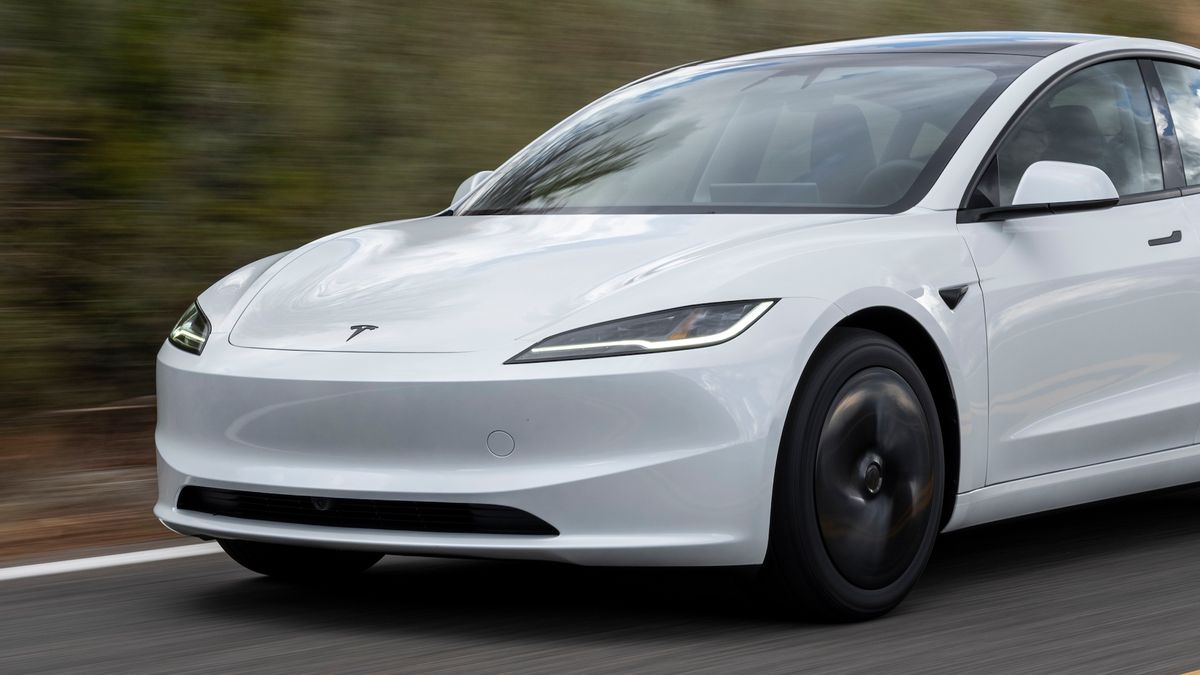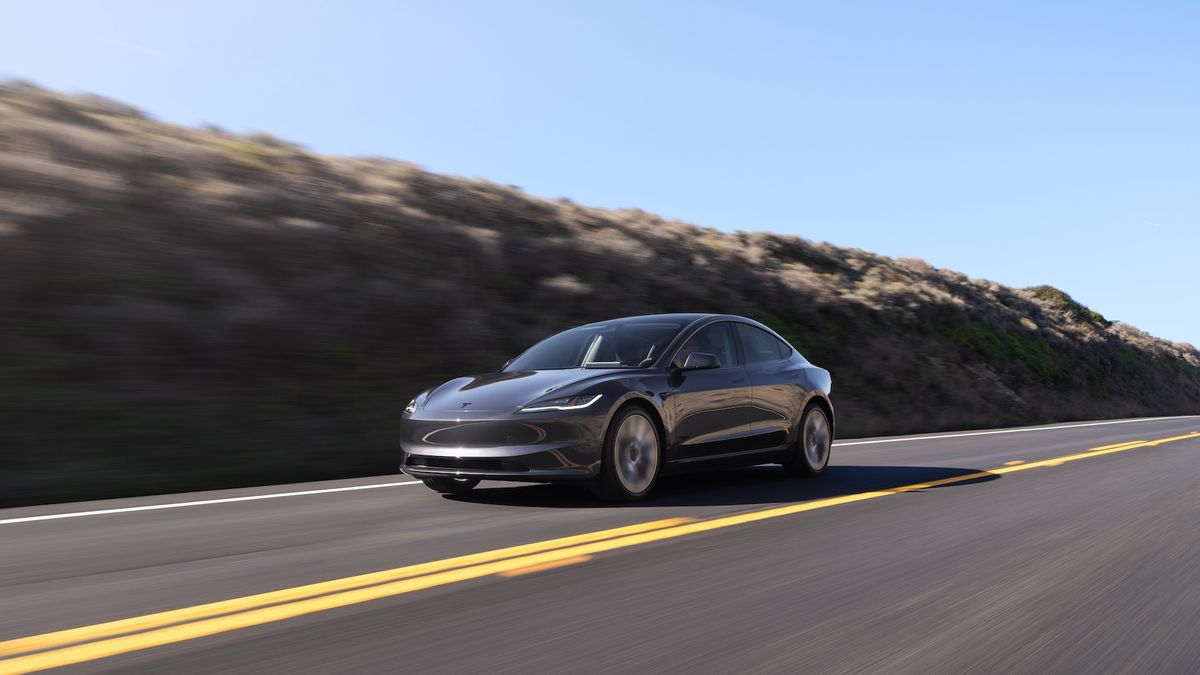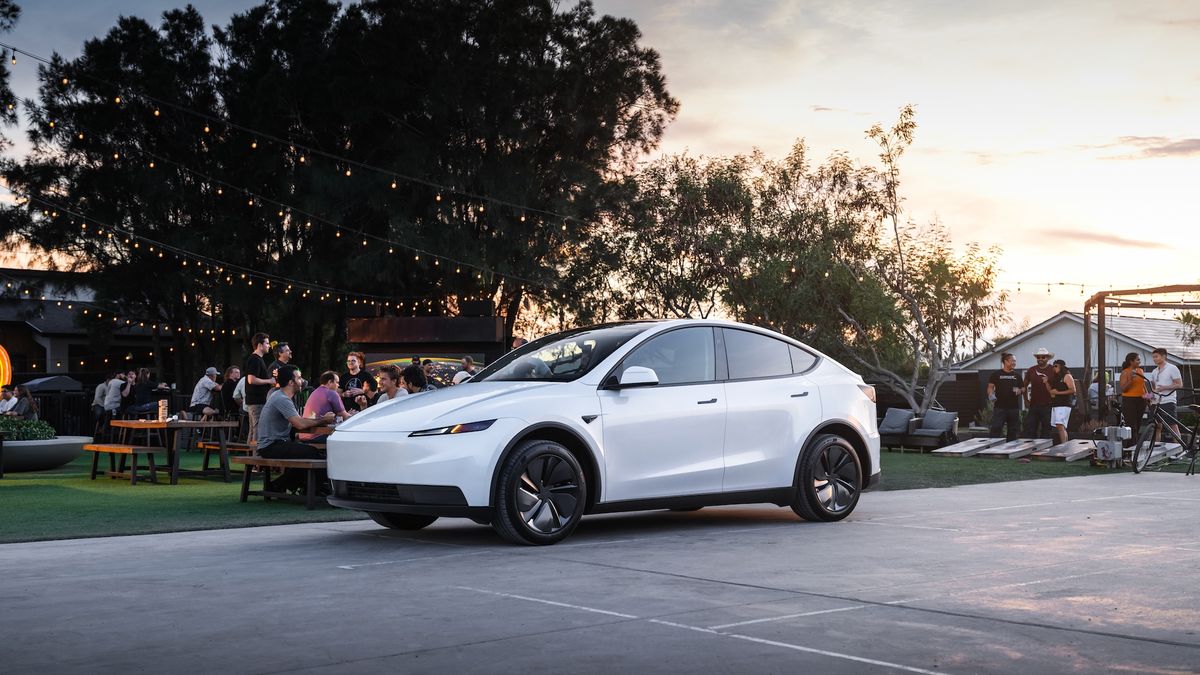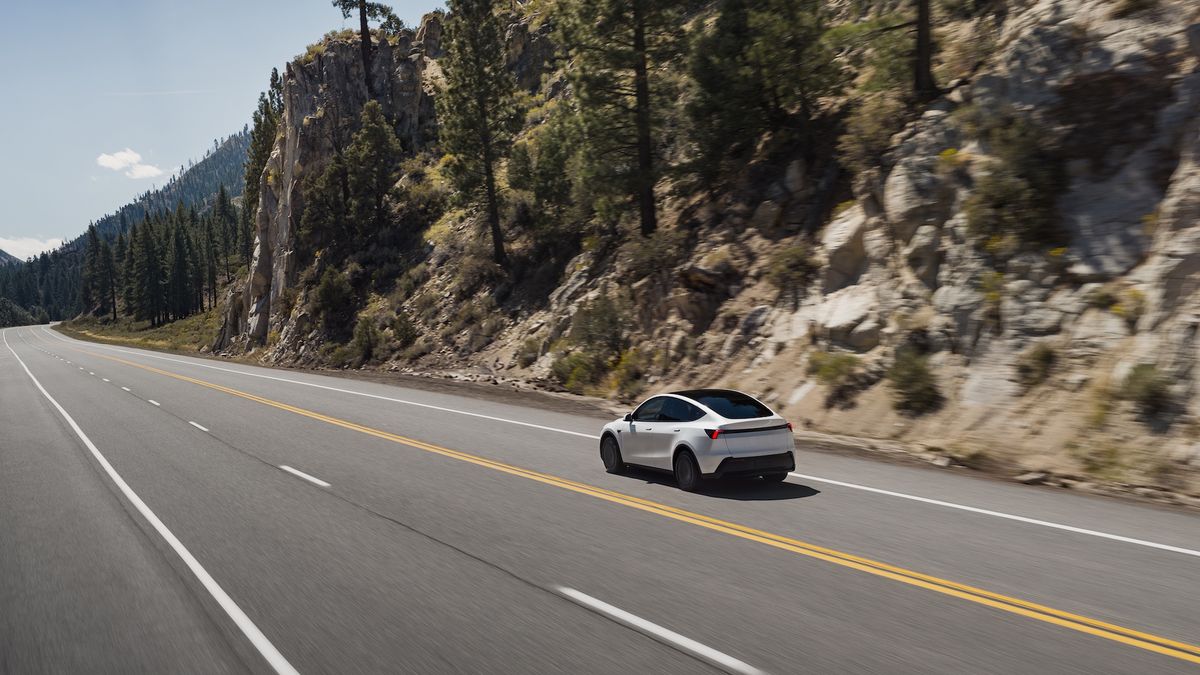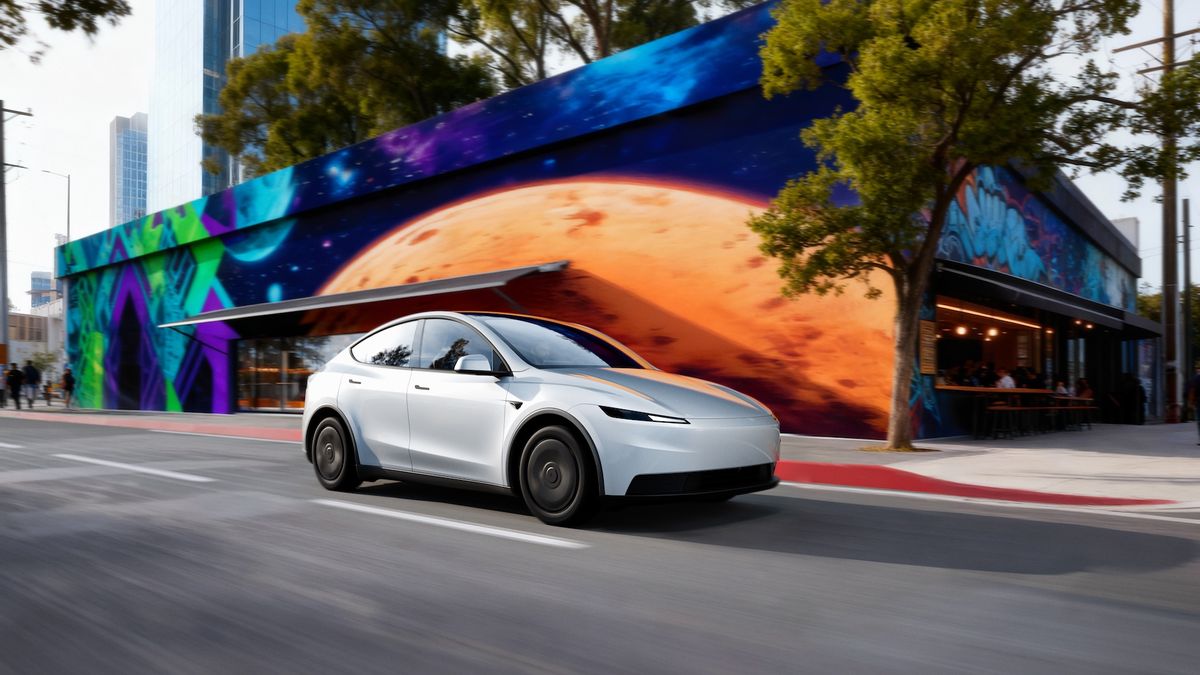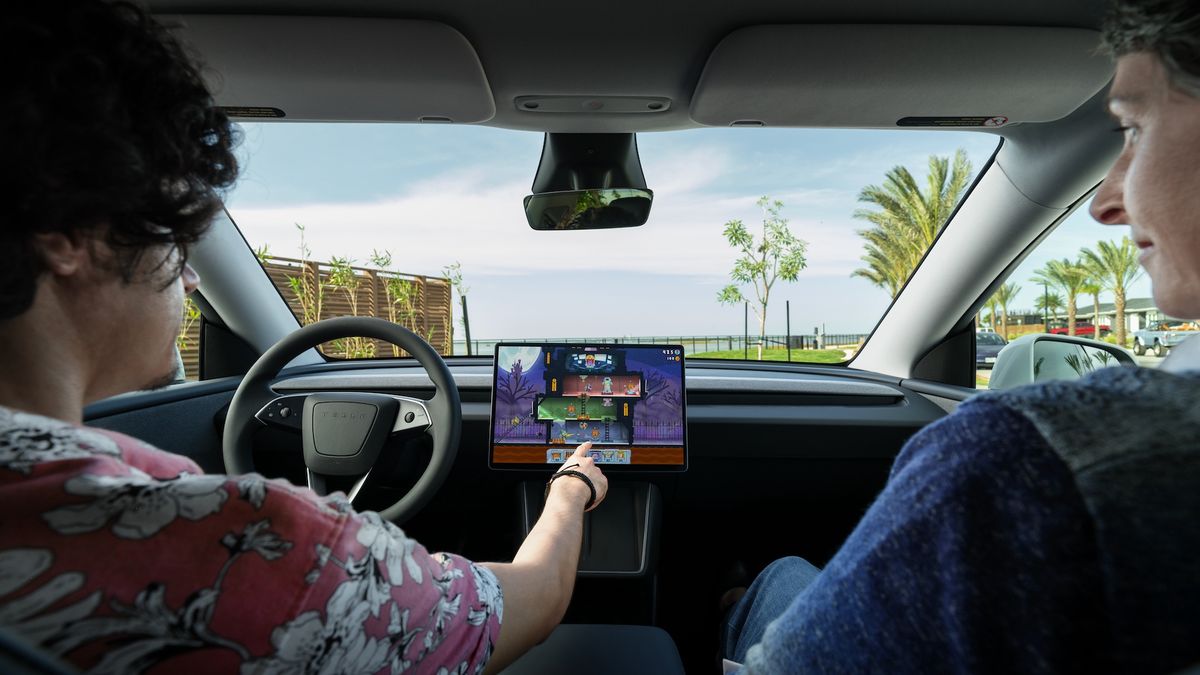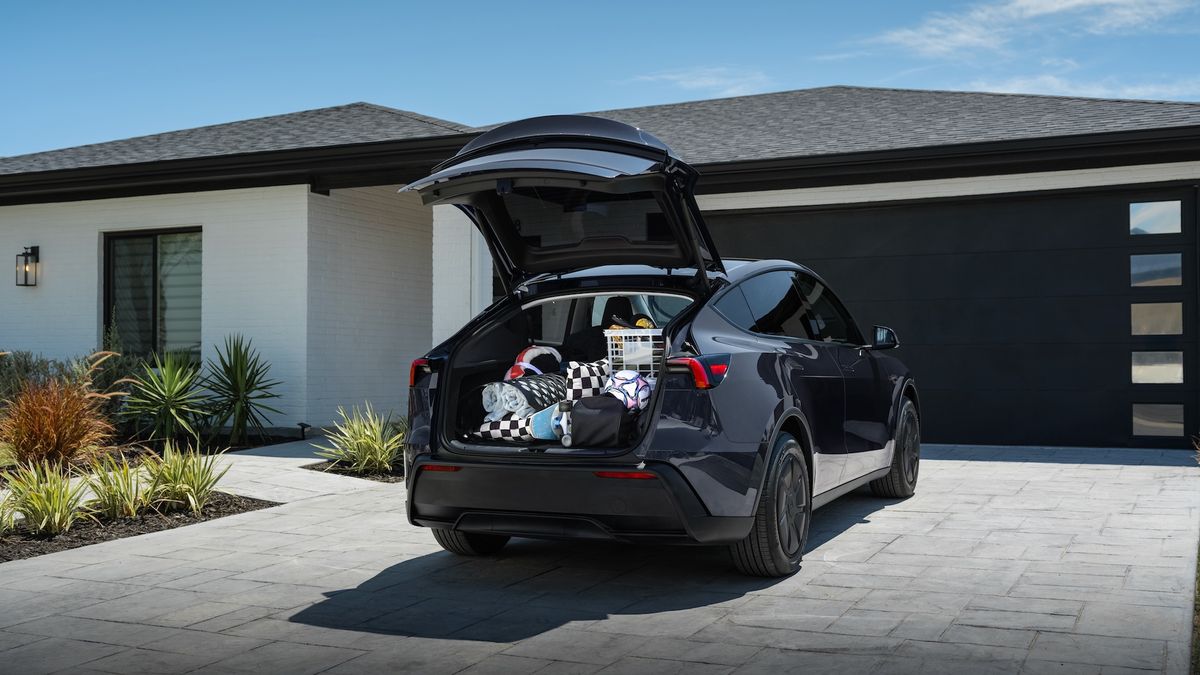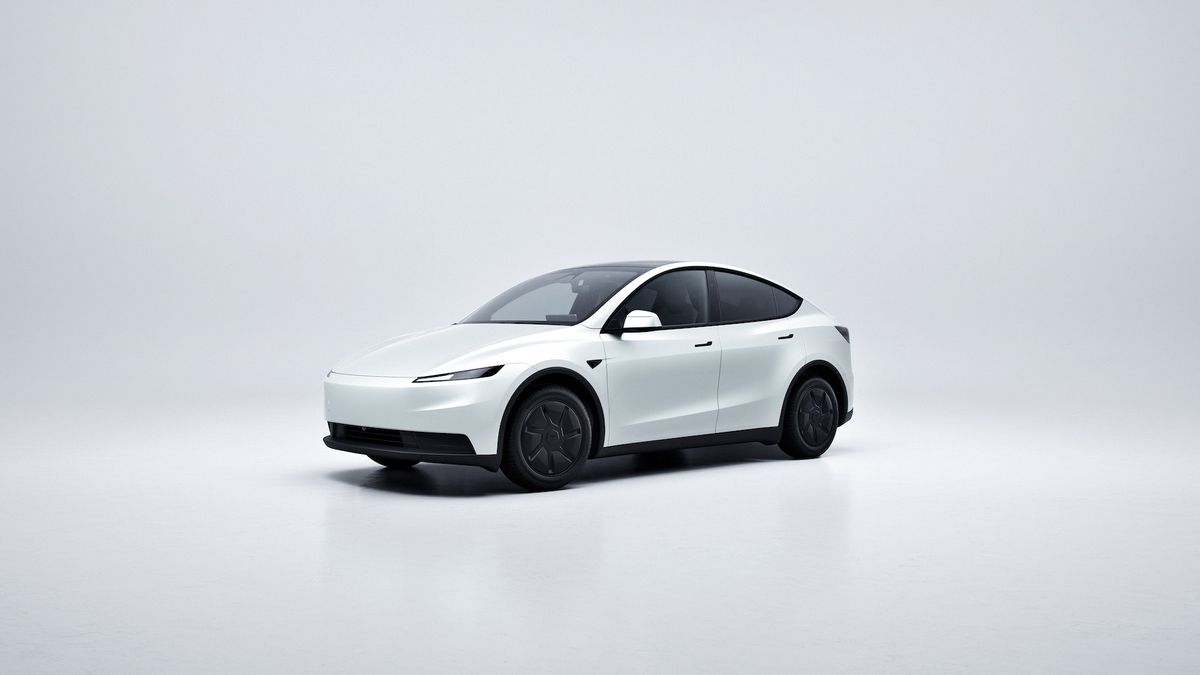- Tesla has presented ‘standard’ versions of the Model 3 and Model Y
- Many features have been removed to reduce costs.
- The company hopes that value propositions will help boost sales
Tesla released a series of teaser videos on social media earlier this week, suggesting that the world would soon be treated to affordable new models, and now they have arrived.
However, instead of introducing the much-hyped $25,000 ‘Model 2’ or an entirely new budget proposal, Tesla has done what much of the internet predicted and removed features from best-selling vehicles in its current lineup to lower the price.
Both the latest Model 3 and Model Y now come in a “Standard” configuration in the US, which will start the range with a base price of $36,990 (which converts to around £27,500 / AU$56,000 and $39,990 (around £30,000 / AU$60,000) respectively.
These cheaper rear-drive options now sit below the ‘Premium’ and ‘Performance’ trim variants, but customers have to make a lot of compromises to save a few bucks.
On the outside, Tesla has done away with the recently introduced full-width light bar at both the front and rear, while smaller 18-inch wheels with a very basic design and simplified bumpers make both the Model 3 and Model Y look more homogenous than ever.
Almost every Tesla highlight imaginable has been removed or downgraded in some way, with things like ambient lighting, leather seats, passenger entertainment screens, and electrically adjustable seats and HVAC fans thrown in the trash.
The audio system has been downgraded so it has fewer speakers, the FM/AM radio has disappeared and the HEPA filter and Tesla’s rather silly ‘Bioweapon Defense Mode’ have also disappeared, leaving occupants with allergies potentially exposed to massive bouts of sneezing in the summer.
Anything with an additional electric motor, such as electric rear-view mirrors and rear passenger seats, has been swapped for manual adjustment and even the suspension has been downgraded to basic passive dampers.
It’s a very simple package that also offers less impressive performance numbers and reduced estimated range in both the Model 3 and Model Y thanks to a smaller battery pack, and both manage an EPA-estimated 321 miles, down from around 40 models in the Premium RWD variants.
Tesla says it has eliminated the physical key (or an NFC card, in this case), leaving locking and unlocking the car in the hands of a smartphone.
Still, there are still some electronic luxuries, such as the Trip Planner with real-time Supercharger availability, Remote Climate Control, Sentry Mode, Dog Mode, and a host of screen-based games and entertainment.
Analysis: It is not the bargain of the century
Tesla hopes standard versions of its two most popular cars will help boost sales, but it currently says these cheaper models will only be available to customers in the US for now.
It comes at a time when the U.S. federal EV tax credit is being cut, generally making EVs more expensive for everyone. But the standard models are now further Due to this fact, it is more expensive than previous entry-level cars, despite the huge reduction in premium features.
In short, North American customers are getting a bad deal.
There are industry experts who believe this is simply a clever pricing trick by Tesla, as the base models only serve to convince customers to spend the extra money to “unlock” those extra features that once came as standard.
While gutting vehicles to reduce cost is nothing new in the auto industry, the biggest issue here is the big step back in overall finish that Standard customers will have to take, as I felt the recent Model 3 and Model Y facelift corrected some of Tesla’s previous shortcomings.
The idea of basic suspension systems and a panoramic glass roof that has been haphazardly covered with a fabric covering (see the standard Model Y for reference) reminds me of the ‘manufacturing hell’ era of Tesla, where it would poorly finish cars in a makeshift tent in the parking lot.
The company is clearly past that stage, but its stagnation in launching completely new models and interesting innovations makes it feel like a company that has run out of ideas. The Cybertruck was their most recent ‘breakthrough’ product, but it hasn’t changed a thing and is headed to become an all-time flop.
Furthermore, the optics of gutting their most technologically advanced cars in pursuit of passing on some savings to the customer seems at odds with a company that is (or once was) on the cutting edge.
It’s unknown whether the Standard Model 3 and Model Y will reach beyond US shores, but even with the suggested discount, Tesla will struggle to match the value propositions now offered by the established EV sector and emerging Chinese brands in Europe and beyond.
Companies like BYD,
Follow TechRadar on Google News and add us as a preferred source to receive news, reviews and opinions from our experts in your feeds. Be sure to click the Follow button!
And of course you can also follow TechRadar on TikTok for news, reviews, unboxings in video form and receive regular updates from us on WhatsApp also.

